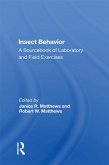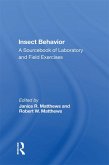

24,95 €
Sofort per Download lieferbar
eBook, ePUB
13. November 2014
Cambridge University Press
| Broschiertes Buch | 46,99 € | |
| eBook, PDF | 32,95 € |
23,95 €
Sofort per Download lieferbar
Broschiertes Buch
2. Aufl.
14. November 2014
Springer / Springer Netherlands
978-94-007-9070-4
| Gebundenes Buch | 109,99 € | |
| eBook, PDF | 73,95 € |
Gebundenes Buch
2nd edition 2010
18. November 2009
Springer / Springer Netherlands
12262403,978-90-481-2388-9
Ähnlichkeitssuche: Fact®Finder von OMIKRON
